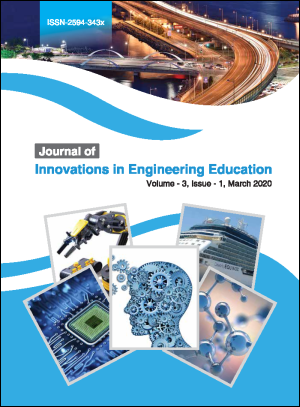A Comparative Study of Water Turbidity Removal Efficiency of Anthracite and Gravel in Roughing Filter
DOI:
https://doi.org/10.3126/jiee.v3i1.34323Keywords:
Anthracite and Gravel, Efficiency, Roughing filter, TurbidityAbstract
This research was carried out to compare turbidity removal efficiency of anthracite up flow roughing filter (RF) model to gravel RF model at different flow rates. Two identical filter columns with (230*230*1570) mm3 in internal dimensions were operated at same time. Same grain size (2 - 4.75) and (4.75 - 9.5) mm were used in gravel model and anthracite model. All the sizes were achieved by properly sieving through standard sieve sizes (2, 4.75, 9.5, 12.5 and 25 mm). The study involved measuring turbidity every 2 hours and head loss once a day. Filter models were operated around 200 NTU influent turbidity until maximum allowable head loss was reached. Three sets of experiments were carried at filtration rate of .0.5 to 1.5 m/h. Anthracite model was 2.07% more efficient in terms of turbidity removal. Increasing filtration rate from 0.5 to 1.5 m/h, the effluent turbidity in gravel model increased from 24.44 to 33.52 NTU whereas that in anthracite model increased from 21.48 to 28.02 NTU and removal efficiency in anthracite model decreased from 89 to 86% while in gravel model decreased from 88 to 84%. Thus, it can be concluded that anthracite model was highly significant to removal turbidity and less affected by the flow rate change in case of efficiency. Thus, this cost-effective method can be used in context of Nepal as well.
Downloads
Downloads
Published
How to Cite
Issue
Section
License
Upon acceptance of an article, the copyright for the published works remains in the JIEE, Thapathali Campus and the authors.

